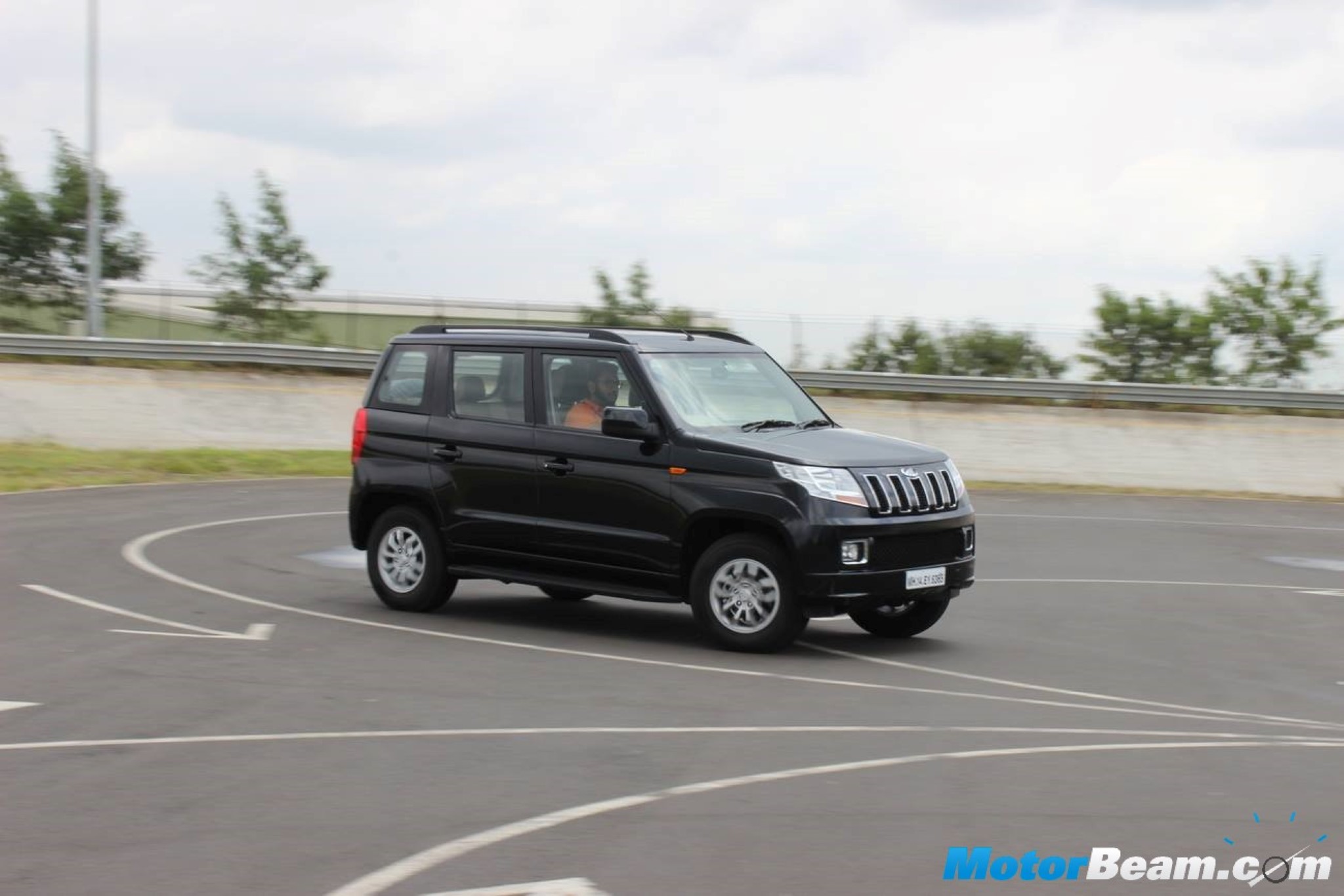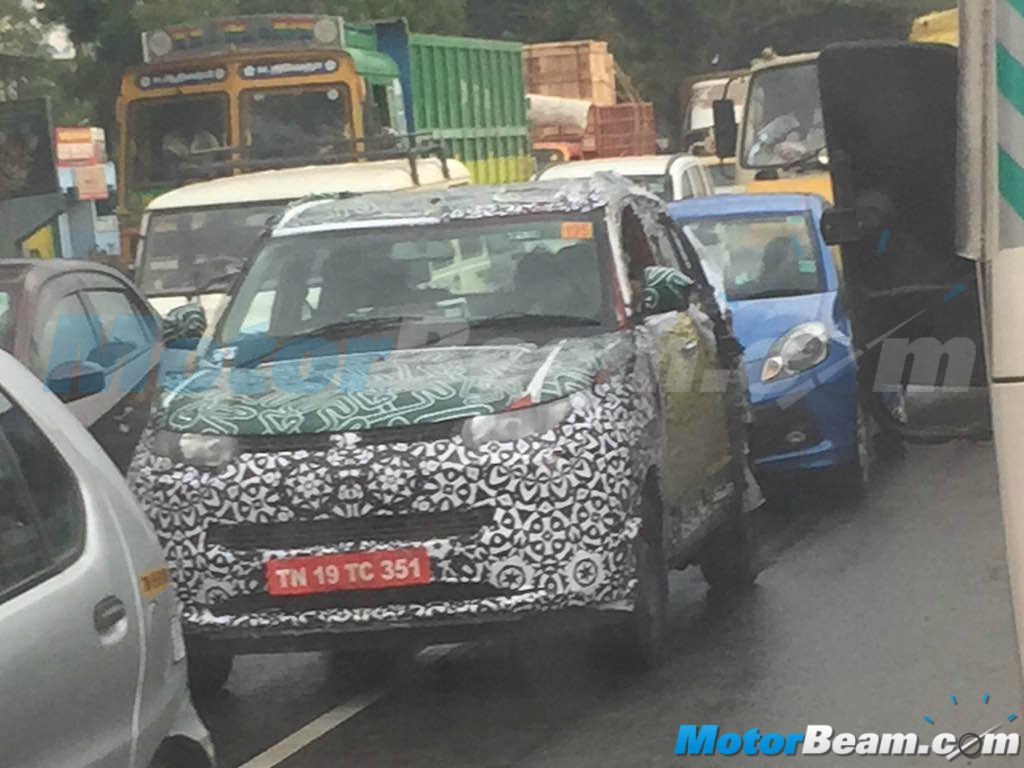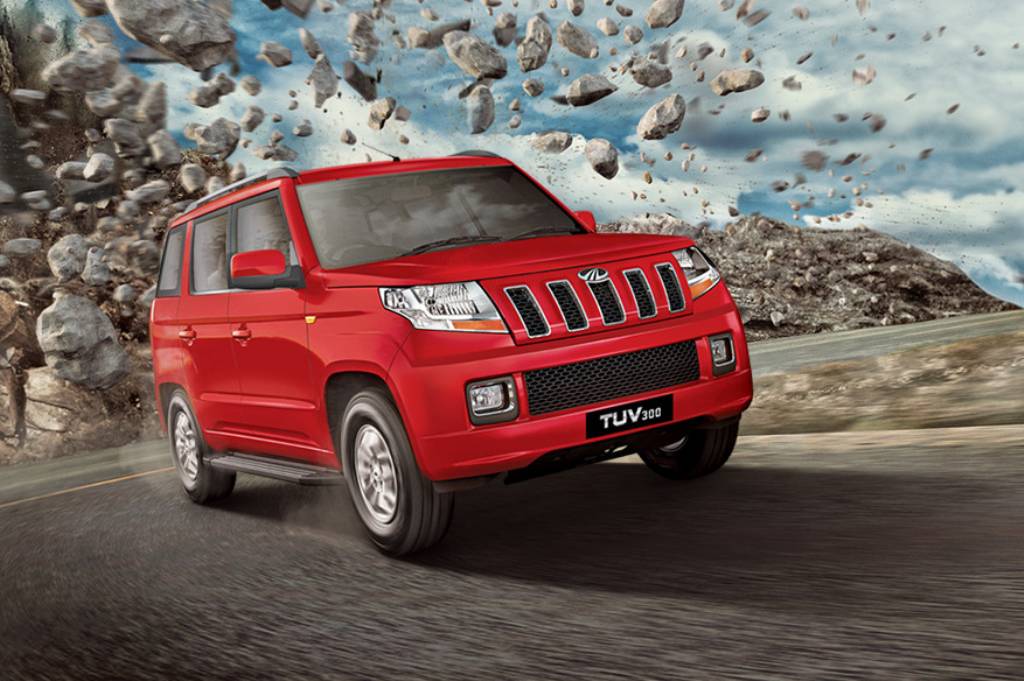Mahindra invested Rs. 1500 crores in developing the TUV300 that will be sold in several countries apart from India, save for Australia which will be getting the upcoming XUV100 compact SUV.

The TUV300 has been one of Mahindra’s more ambitious projects in recent times and the company had to get it right having failed once with the Quanto in the compact SUV segment. Having finally launched the model yesterday, the automaker emphasised that the new TUV is an all-new product and the efforts put in behind the development of the same. In fact, Mahindra invested a total of Rs. 1500 crores in the development of the new compact SUV, out of which Rs. 1200 crore investment was made by the company while the remaining the Rs. 300 crores was invested by vendors.
Mahindra’s Rs. 1200 crore investment also included the Rs. 200 crores that were spent by the company on developing the all-new mHawk80 diesel engine. Contrary to reports of the motor being a retuned version of the Quanto, the new engine was developed from scratch and gets a new engine case, engine head and a new two stage turbocharger. The investment has surely made an impact on the final product that is receiving positive words since its arrival. It will now be a challenge for the automaker to acquire a return on that investment and hence, it isn’t surprising that the company has already identified South Africa and some neighbouring countries to export the compact SUV.
Mahindra though will not be exporting the TUV300 to Australia, despite a healthy demand for SUVs in the continent. The TUV300 does not fit the dynamics of the Australian market and will need additional safety features like ESC as well as side and curtain airbags to meet the Australian NCAP safety norms. The vehicle currently comes with dual front airbags, ABS, EBD and corner brake control. That said, instead of the TUV300, Mahindra Australia has confirmed that another compact SUV will go down south which we believe will be the XUV100 (codename S101) that is expected to be launched during the end of this fiscal. Post the Indian launch, the smaller XUV will take around 18 months to reach the Australian market.




